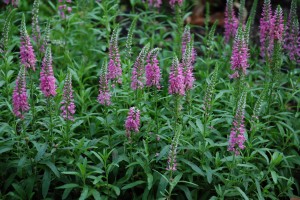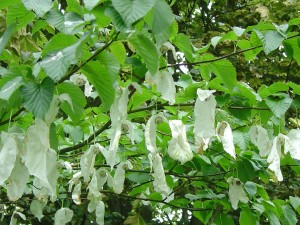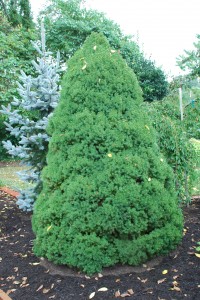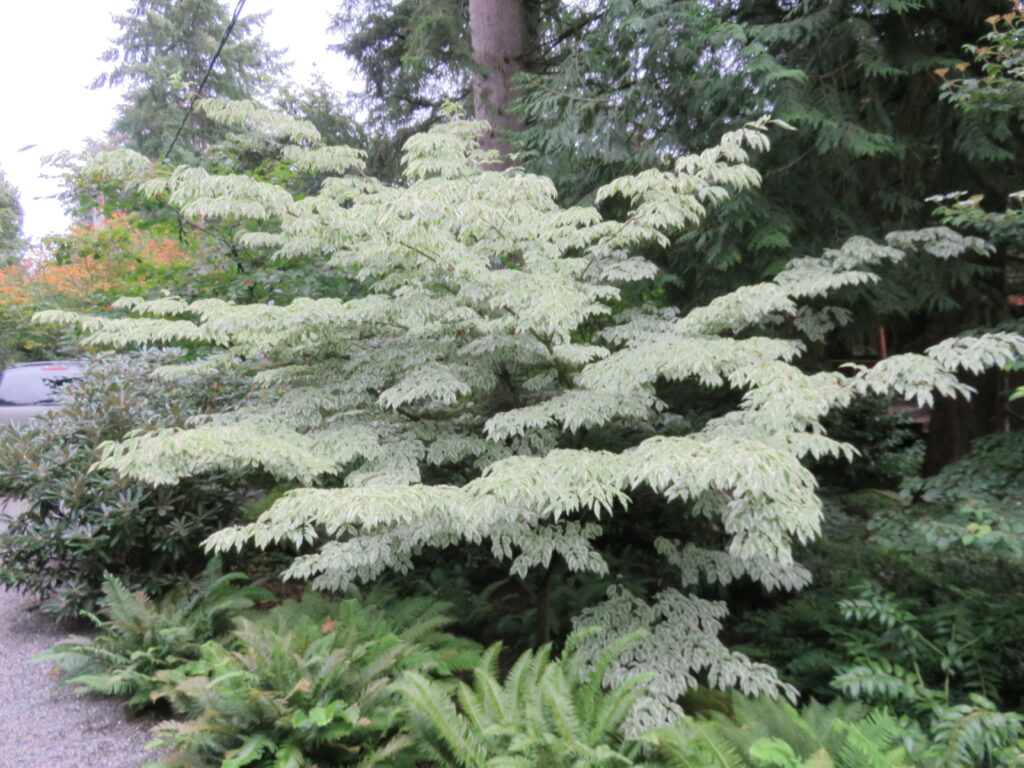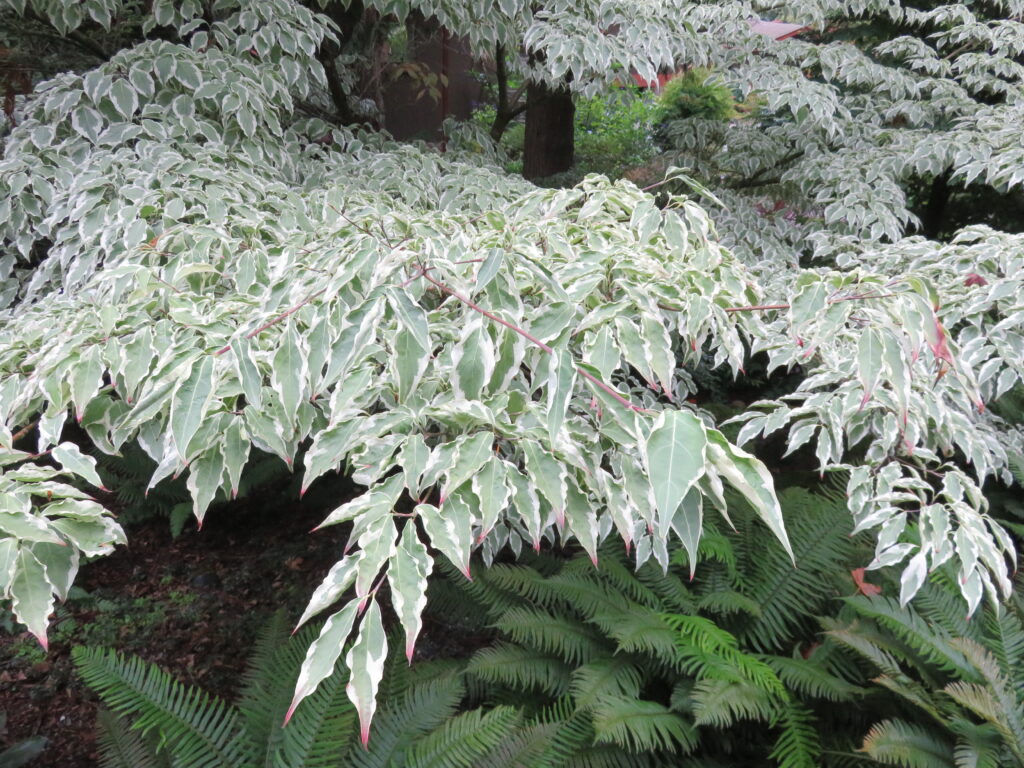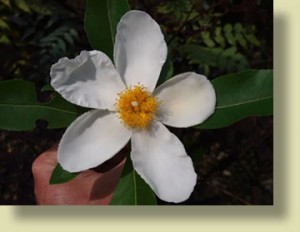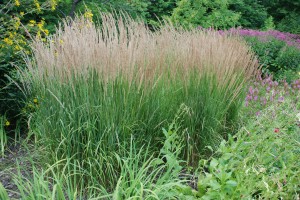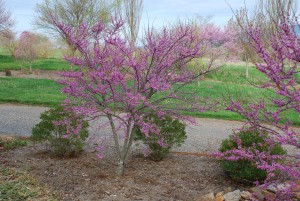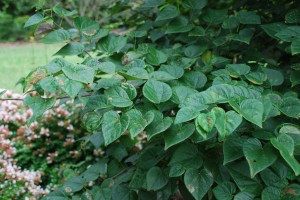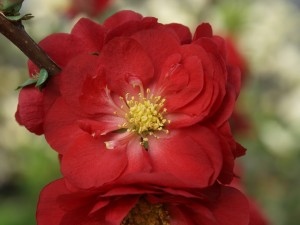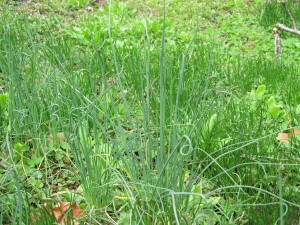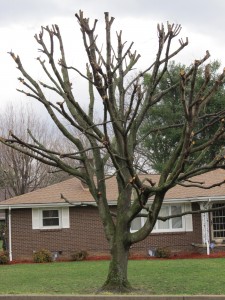Speedwells (Veronica spp.) are long-blooming, easy-care perennials. Speedwells are outstanding for their color rich floral candles (spikes). The candle-like flowers rise like sentinels in the late spring-summer garden and attract lots of butterflies and bees.
The small individual 5- pedaled blossoms range in colors from white, pink, blue, and several shades of purple. The floral spikes open at the base and continue upward. Cultivar sizes vary, making veronicas a great choice as the front, middle or back border in any flower bed. Personal picks include V. ‘Giles Van Hees’ (6- inch bright pink spikes) and V. ‘Royal Candles’ (15-inch blue-purple spikes).
Speedwells belong in full sun, planted in a moist, well-drained soil. Soggy soils may lead to a root rot and foliar mildew diseases. Summer irrigation and mulching aids to conserve soil moisture and suppress weed competition.
Quick removal of the old flower spikes (deadheading) encourages growth of new basal foliage and almost continuous flowering through the summer months. Pruning back taller cultivars by one-third reduces the need for staking plants. Dividing perennial crowns every 2-3 years in early spring maintains overall plant vigor.

